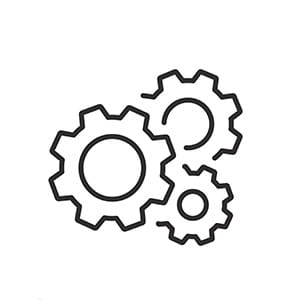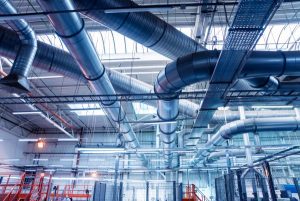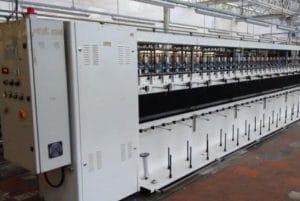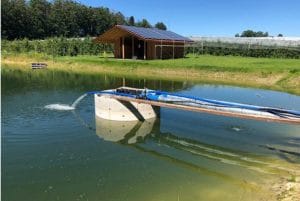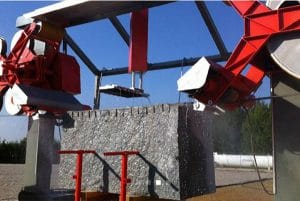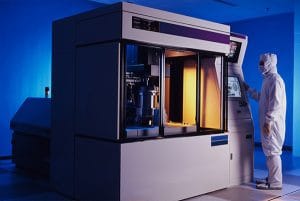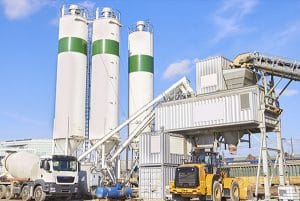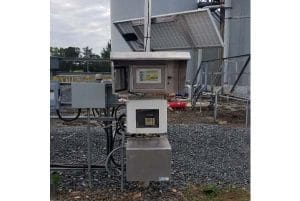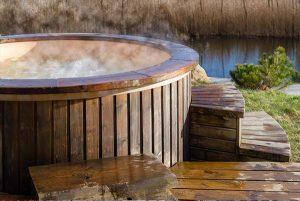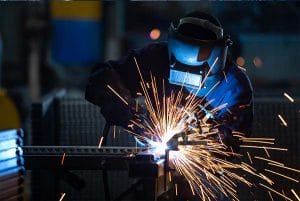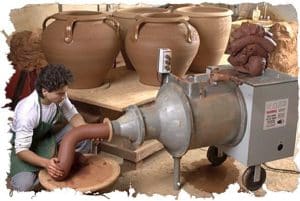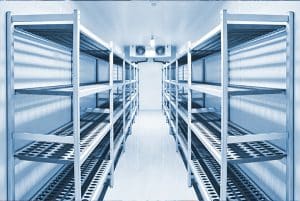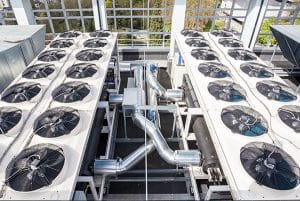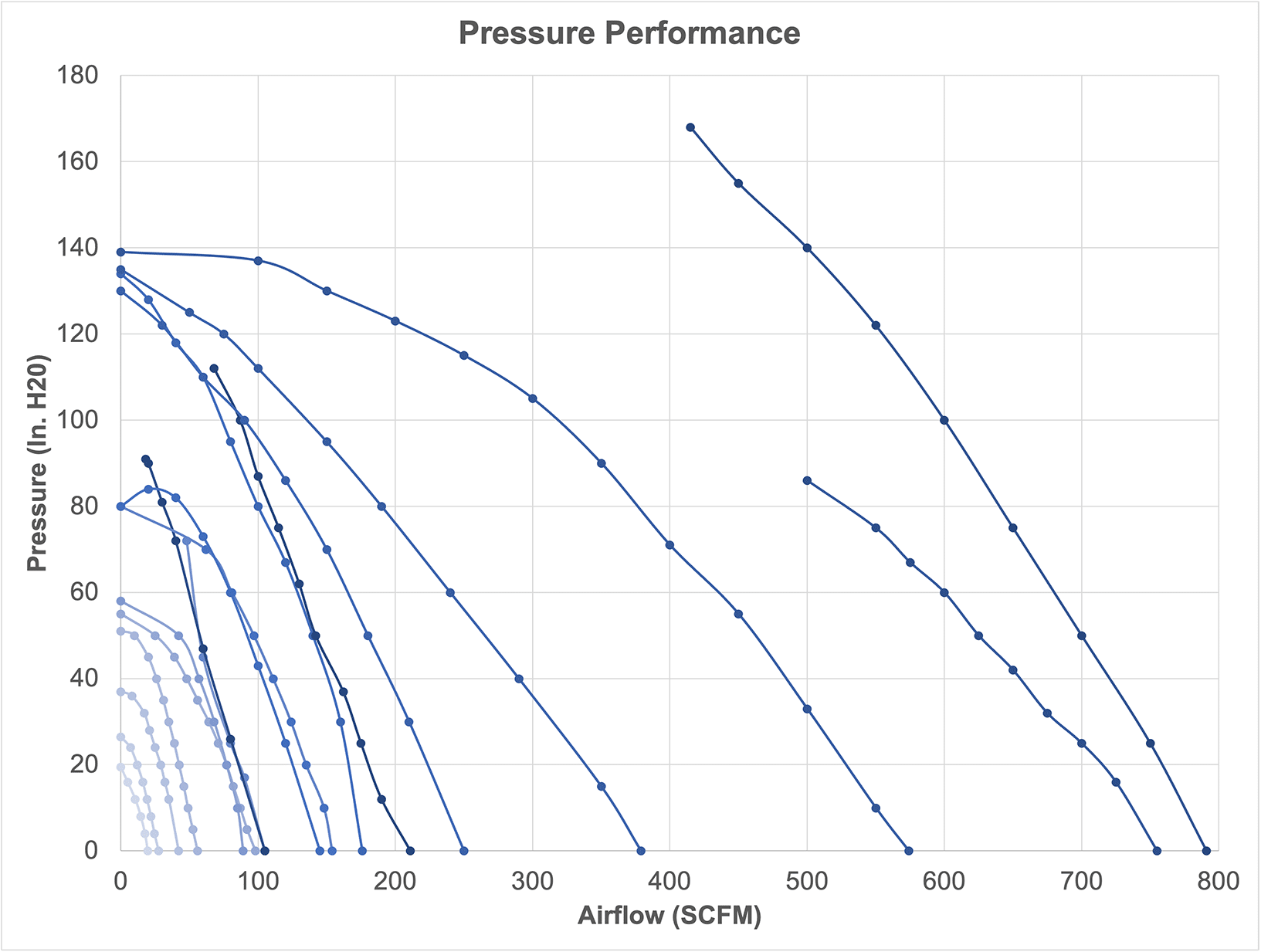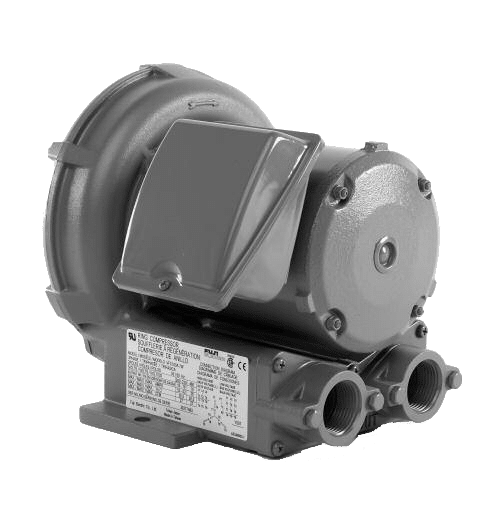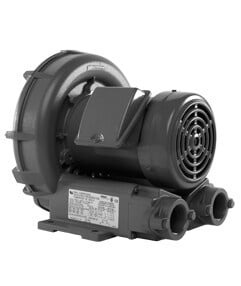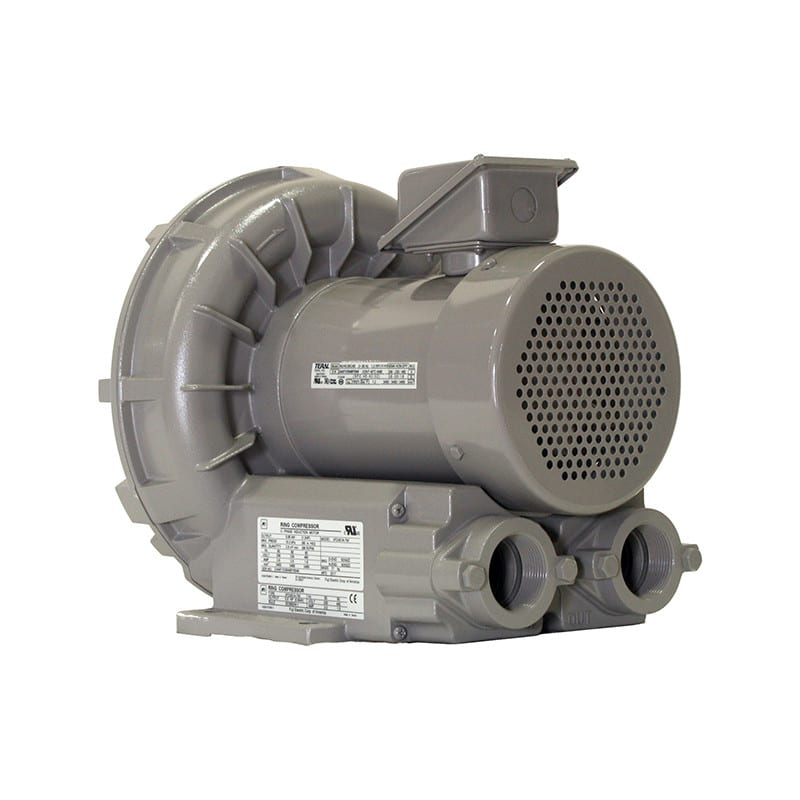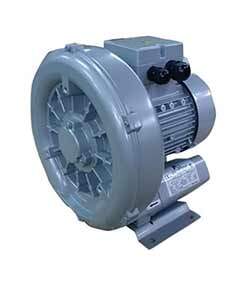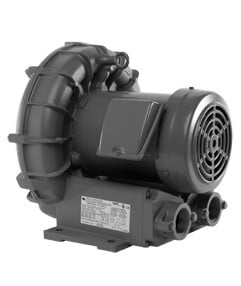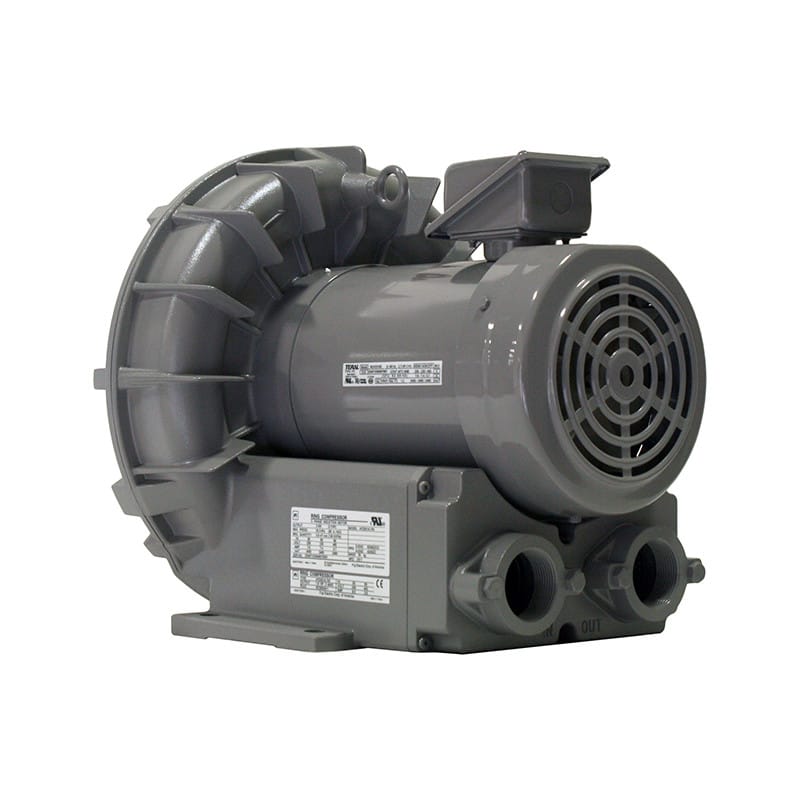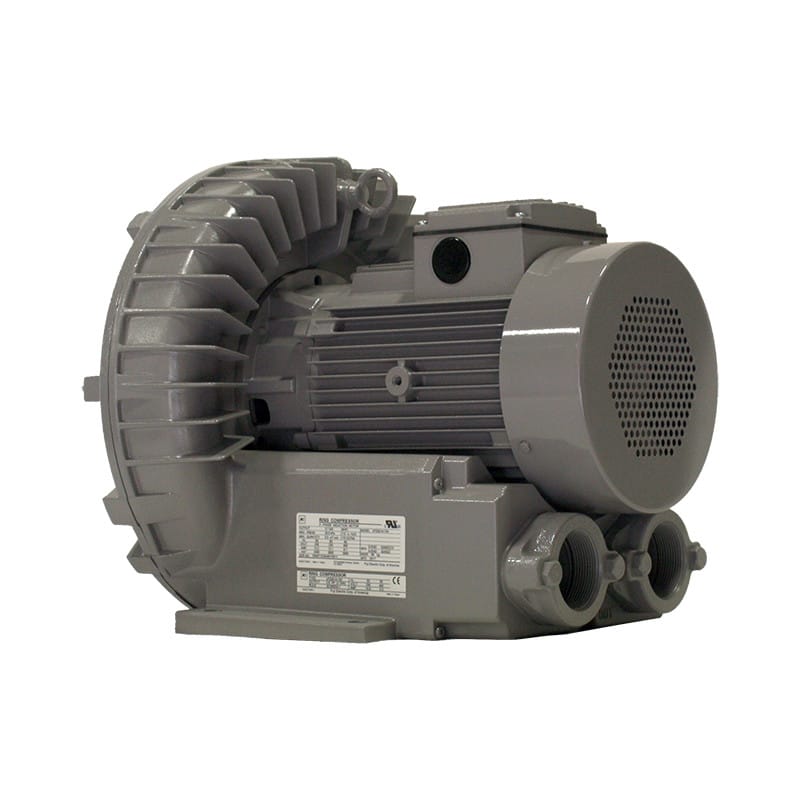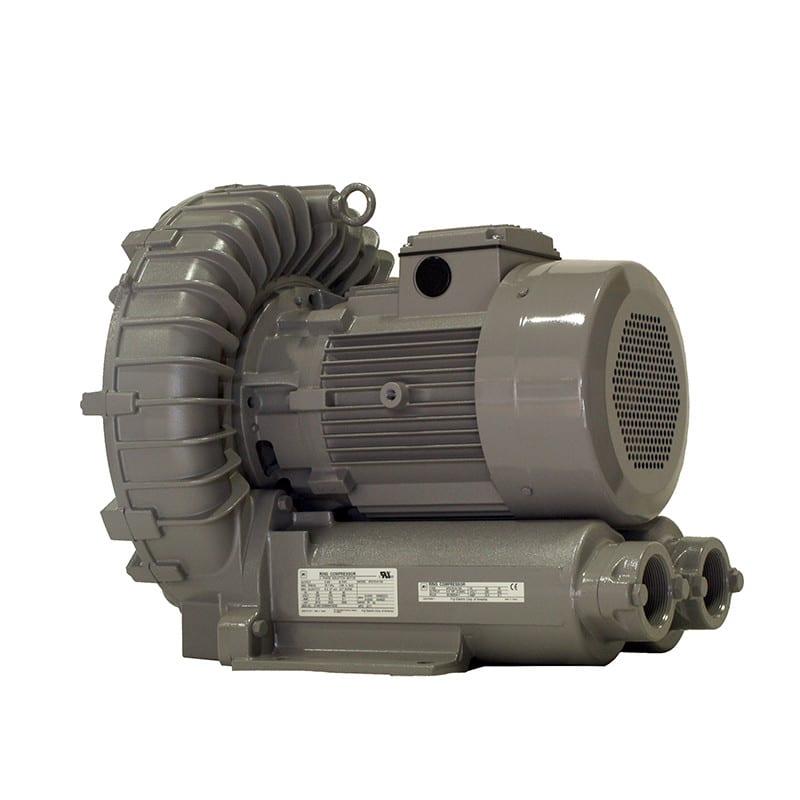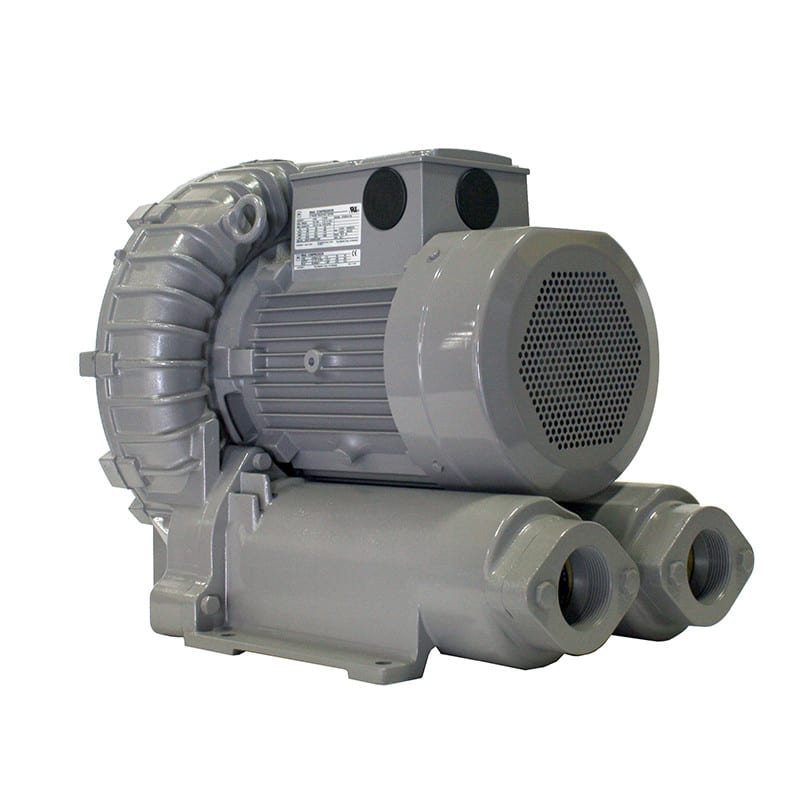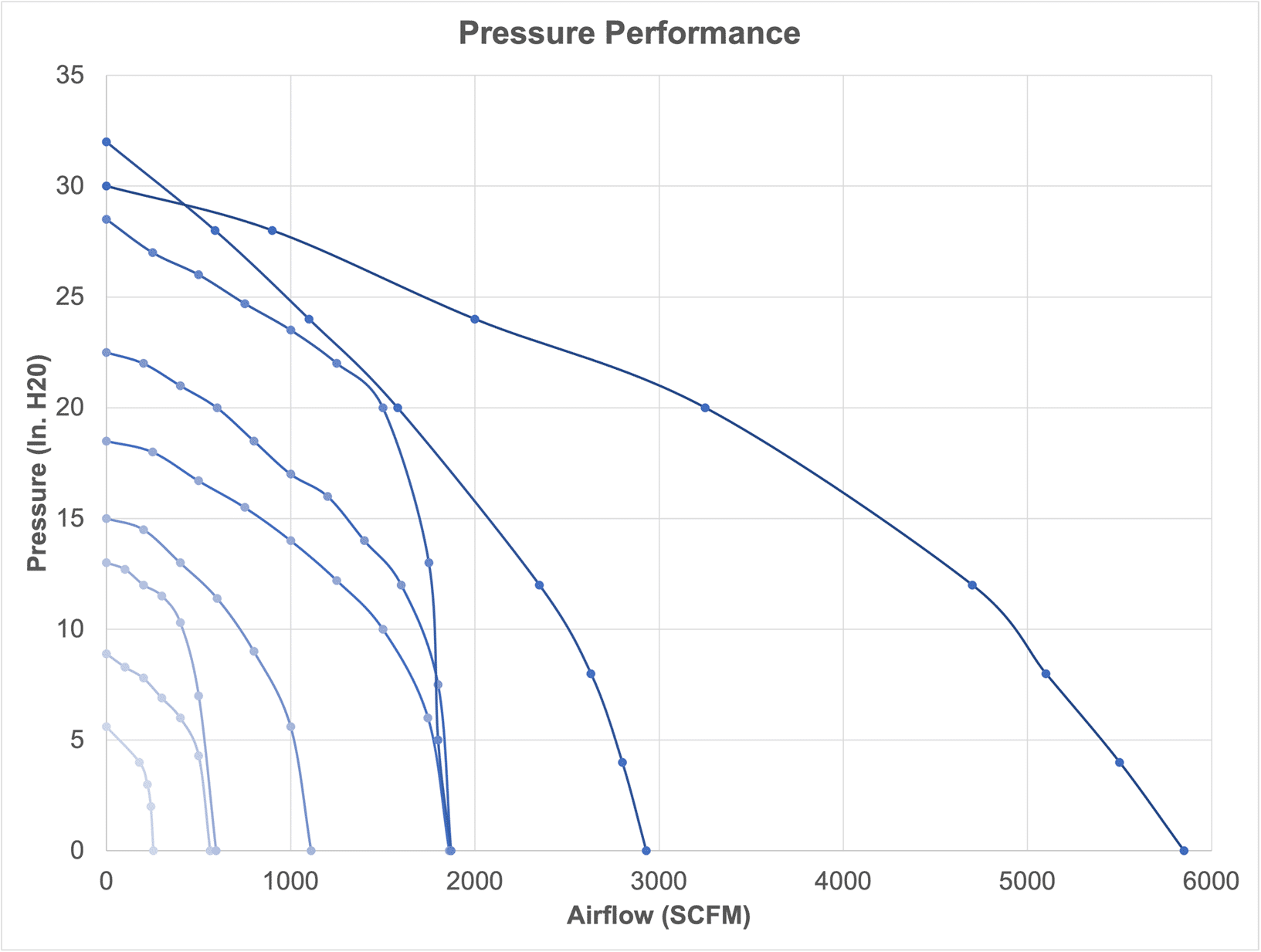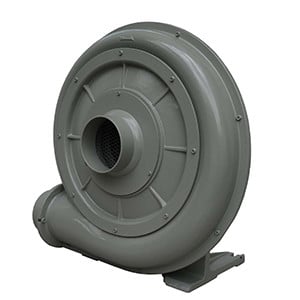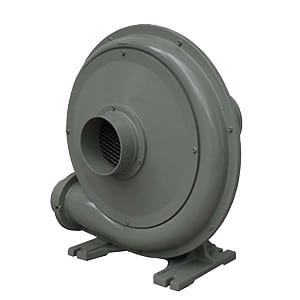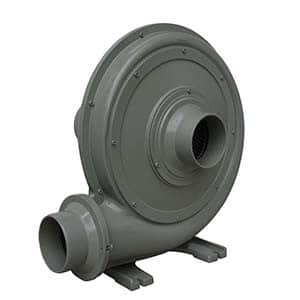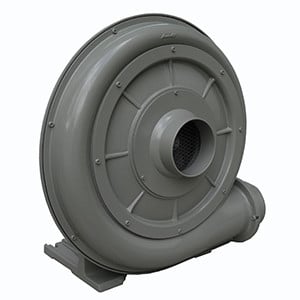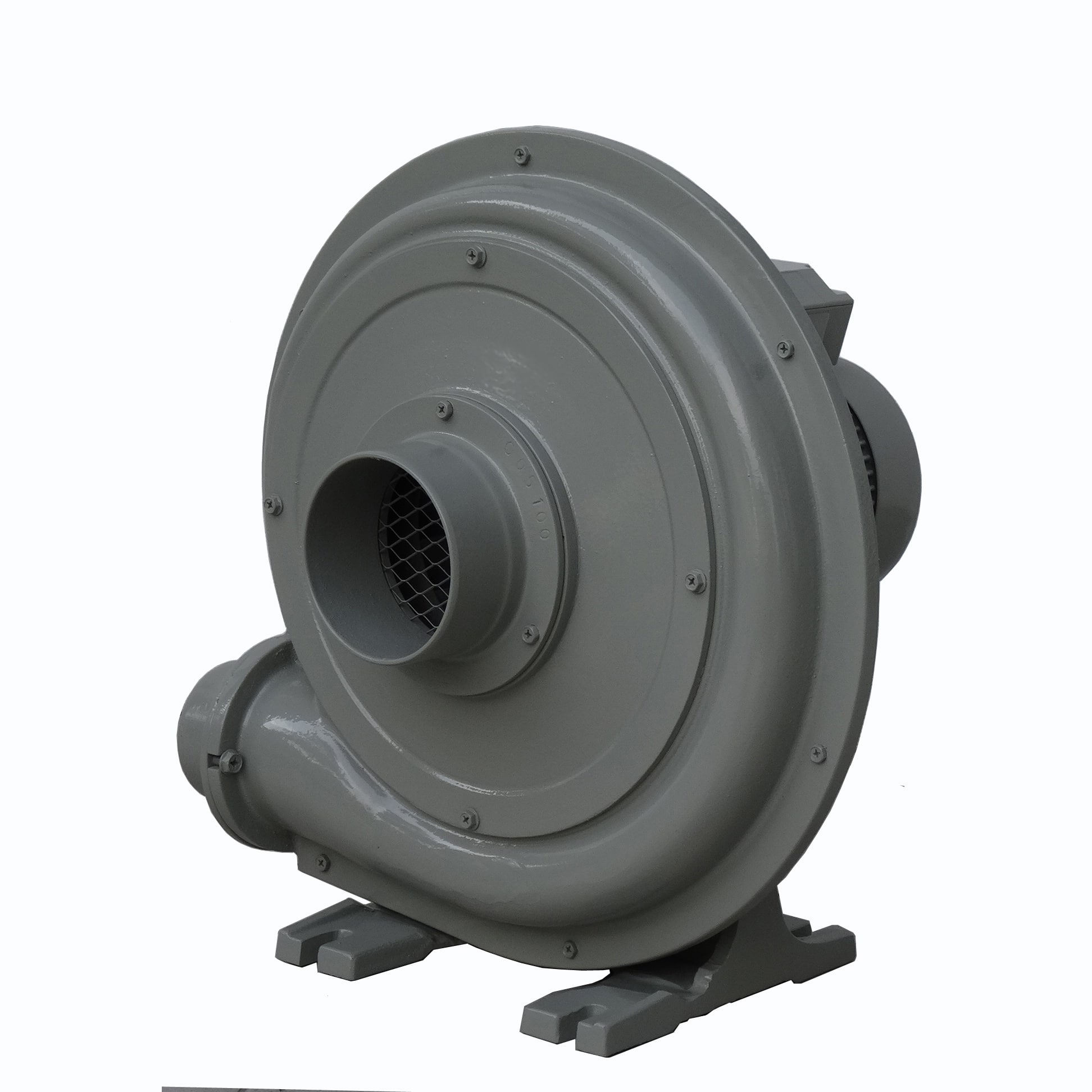Regenerative blowers, also known as side channel blowers, are robust and reliable machines widely used in various industrial applications. Regular maintenance of regenerative blowers is crucial to ensure their optimal performance, longevity, and efficiency. This article outlines essential tips and best practices for maintaining a regenerative blower.
- Regular Inspection
Functionality: Conducting regular visual and operational inspections helps identify potential issues before they become serious problems.
Steps:
- Visual Check: Inspect the blower for any signs of wear, damage, or leaks. Pay close attention to the housing, silencer area and impeller.
- Operational Check: Listen for unusual noises and check for vibrations during operation. Unusual sounds or excessive vibrations can indicate misalignment or bearing issues.
- Clean the Blower
Functionality: Keeping the blower clean prevents the buildup of dirt and debris, which can affect performance and cause damage.
Steps:
- External Cleaning: Use a soft brush or cloth to remove dust and debris from the exterior surfaces of the blower.
- Internal Cleaning: Internal cleaning of the unit is not required unless the inlet filter has been compromised.
- Bearings
Functionality: Bearings ensures smooth operation and reduces friction, preventing wear and overheating.
Steps:
- Check Manufacturer’s Guidelines: Refer to the blower’s manual for specific bearing type.
- Sealed Bearings: The bearings used in Fuji blowers are sealed and should be replaced based on blower usage and temperature.
- Monitor Operating Conditions
Functionality: Monitoring the blower’s operating conditions helps maintain optimal performance and detect potential issues early.
Steps:
- Temperature Monitoring: Check the blower’s operating temperature regularly. Excessive heat can indicate problems such as overloading or inadequate ventilation.
- Pressure Monitoring: Monitor the pressure levels to ensure they are within the specified range. Deviations from the norm can signal blockages or leaks in the system.
- Inspect and Replace Filters
Functionality: Filters prevent contaminants from entering the blower, protecting internal components and ensuring clean air output.
Steps:
- Regular Inspection: Inspect filters regularly for dirt and debris. Clogged filters can restrict airflow and reduce efficiency.
- Replace as Needed: Replace filters according to the manufacturer’s recommendations or sooner if they appear dirty or damaged.
- Check Electrical Connections
Functionality: Ensuring secure and proper electrical connections prevents issues such as power loss, short circuits, and electrical faults.
Steps:
- Inspect Connections: Regularly inspect all electrical connections, including power supply, control circuits, and grounding.
- Tighten Loose Connections: Tighten any loose connections to prevent arcing and ensure stable power supply.
- Replace Worn or Damaged Parts
Functionality: Timely replacement of worn or damaged parts prevents further damage and maintains the blower’s performance.
Steps:
- Identify Worn Parts: During inspections, identify any parts showing signs of wear or damage, such as bearings, seals, or impellers.
- Replace Parts: Replace worn or damaged parts promptly with genuine replacements to ensure compatibility and performance.
- Maintain Proper Ventilation
Functionality: Adequate ventilation prevents overheating and ensures that the blower operates within safe temperature limits.
Steps:
- Check Ventilation: Ensure that the blower has sufficient airflow around it to dissipate heat.
- Remove Obstructions: Clear any obstructions that may block airflow to and from the blower.
- Follow Manufacturer’s Maintenance Schedule
Functionality: Adhering to the manufacturer’s maintenance schedule ensures that all necessary maintenance tasks are performed regularly and correctly.
Steps:
- Refer to Manual: Consult the blower’s manual for the recommended maintenance schedule and procedures.
- Schedule Maintenance: Set up a maintenance schedule based on the manufacturer’s guidelines and stick to it diligently.
Conclusion
Maintaining a regenerative blower involves regular inspection, cleaning, lubrication, monitoring, and timely replacement of parts. By following these essential tips and best practices, you can ensure the longevity, reliability, and optimal performance of your regenerative blower. Proper maintenance not only enhances efficiency but also reduces the risk of unexpected breakdowns and costly repairs, ensuring smooth and continuous operation in your industrial applications.

